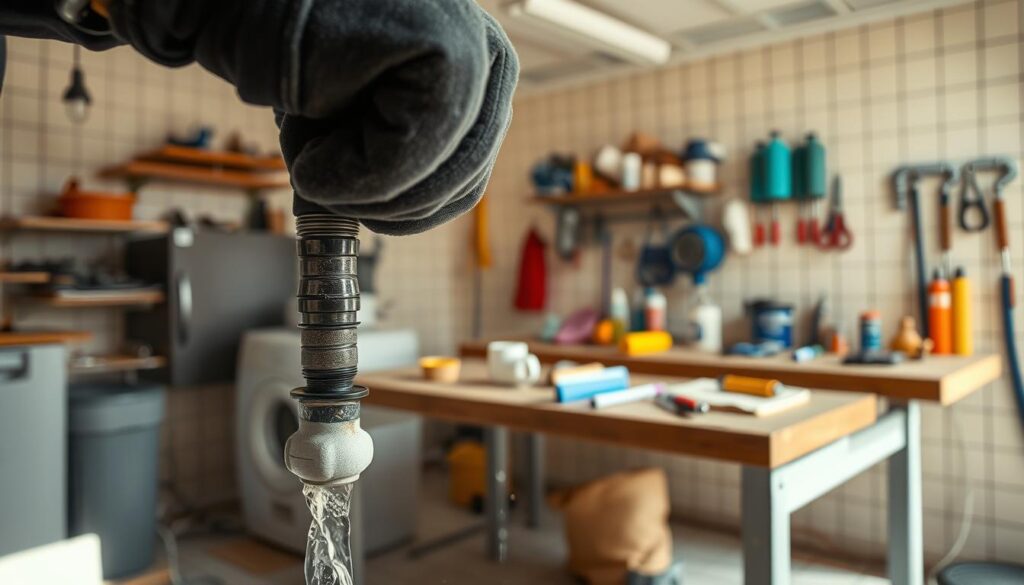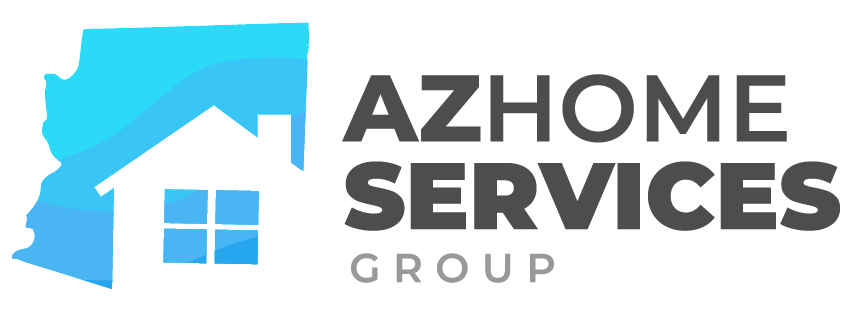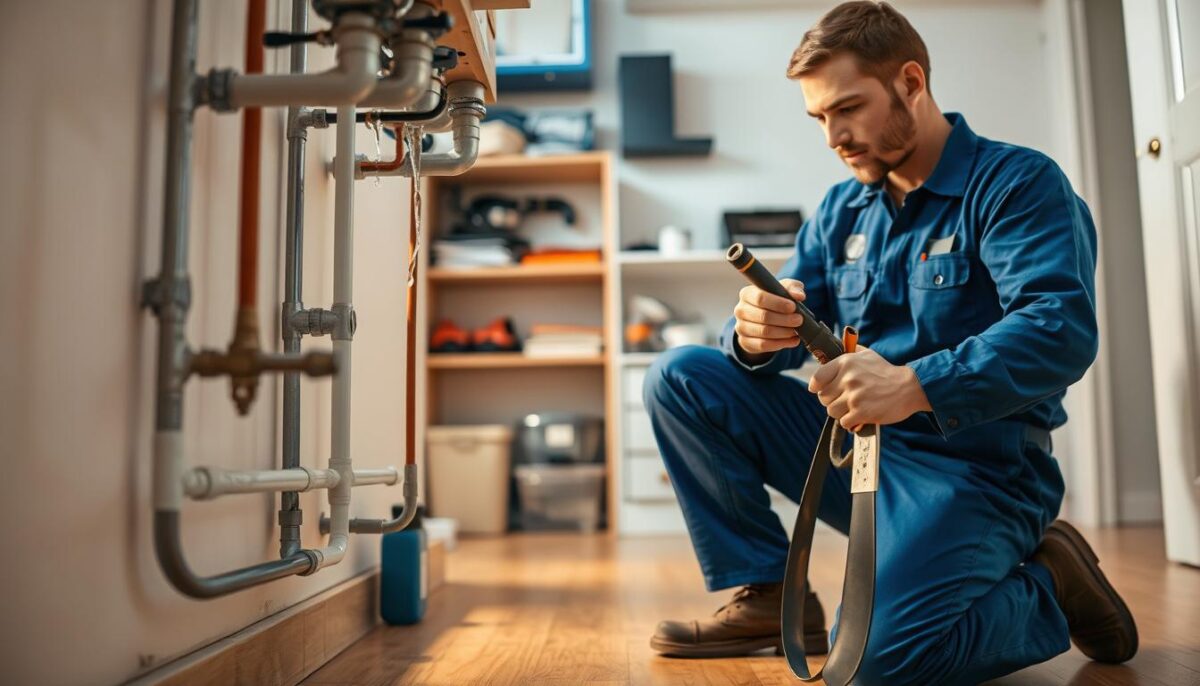Top Plumbing Maintenance Tips to Prevent Emergency Repairs
Did you know that your home’s plumbing system makes up about 15 percent of its total value? That’s a significant investment! A well-functioning plumbing system is essential for having clean, fresh water at your fingertips and warm water to keep your home and family clean.
A smoothly operating system enables you to enjoy these comforts without the worry of costly repairs and high water bills. Regular plumbing maintenance is crucial for preventing emergency repairs and ensuring your home’s plumbing system functions efficiently for years to come.
By understanding the basics of plumbing maintenance, homeowners can identify potential issues before they become major problems, saving thousands of dollars in repair costs and preventing water damage to their homes.
Key Takeaways
- Regular plumbing maintenance prevents costly emergency repairs.
- Identifying potential issues early can save homeowners thousands of dollars.
- Proper maintenance extends the lifespan of the entire plumbing system.
- Homeowners can prevent water damage by catching small issues early.
- Seasonal maintenance routines protect the plumbing system throughout the year.
The Importance of Regular Plumbing Maintenance
The importance of regular plumbing maintenance cannot be overstated, as it plays a significant role in preventing costly repairs down the line. Plumbing leaks, for instance, can cause significant damage to your home, affecting not just your pipes and water pressure but also leading to issues like wood rot, mold growth, and pipe corrosion if left undetected.
Regular maintenance of your plumbing system is vital. It helps in early detection of leaks and other issues, preventing them from becoming major problems.
How Plumbing Maintenance Saves You Money
By investing in regular plumbing maintenance, you can avoid costly plumbing repairs. Maintenance helps identify potential issues before they escalate, saving you money in the long run. For example, fixing a small leak early on can prevent water damage that could lead to expensive renovations.
The Hidden Costs of Neglected Plumbing
Neglecting your plumbing system can lead to a multitude of hidden costs. Some of these include:
- Water damage from undetected leaks
- Mold and mildew growth due to persistent moisture
- Increased energy costs due to inefficient plumbing systems
- Reduced property value due to a history of plumbing problems
| Cost Category | Description | Potential Cost |
|---|---|---|
| Water Damage Repair | Repairing damage caused by leaks or burst pipes | $1,000 – $5,000 |
| Mold Remediation | Removing mold and mildew from affected areas in your home | $500 – $3,000 |
| Energy Efficiency Improvements | Upgrading to more efficient plumbing systems | $200 – $1,000 |
Essential Plumbing Maintenance Tips for Your Home
To keep your home’s plumbing in top condition, it’s essential to perform regular checks and maintenance tasks. This proactive approach can help prevent minor issues from becoming major problems.
Checking for Leaks and Drips
One of the simplest yet most effective plumbing maintenance tasks is checking for leaks and drips. Inspect your toilet bowl and tank for signs of leaks by adding a few drops of food coloring to the tank. If the color appears in the bowl within 30 minutes without flushing, you have a leak that needs attention.
Regularly test all drains in your home by running water through them and observing how quickly it drains. Bubbling or gurgling indicates developing clogs that should be addressed.
Monitoring Water Pressure
Monitoring your home’s water pressure is crucial for maintaining the integrity of your plumbing system. High water pressure can lead to leaks and damage to pipes and fixtures, while low pressure can indicate clogs or other issues.
Testing Drains and Fixtures
Testing your drains and fixtures regularly can help identify potential problems before they become serious. Pour a gallon of water down rarely-used drains to maintain the water seal in traps and prevent sewer gases from entering your home.
- Regularly test all drains in your home by running water through them and observing how quickly it drains—bubbling or gurgling indicates developing clogs.
- Pour a gallon of water down rarely-used drains (like guest bathrooms or floor drains) to maintain the water seal in traps that prevents sewer gases from entering your home.
- Test toilet functionality by adding food coloring to the tank—if color appears in the bowl without flushing, you have a leak that wastes water and needs repair.
- Check faucets for proper water flow and ensure handles turn smoothly without leaking around the base when operated.
- Inspect shower heads for mineral buildup that restricts water flow—soaking in vinegar can dissolve deposits and restore proper function.
- Test all shut-off valves under sinks and behind toilets by turning them off and on to ensure they work properly in case of an emergency.
- Examine drain stoppers and pop-up mechanisms in sinks to ensure they create proper seals and operate smoothly.
- Run water in tubs and showers while watching drain flow—standing water indicates developing clogs that should be addressed before they worsen.
Preventing Clogs and Drain Problems

Preventing clogs and drain problems is crucial for maintaining a healthy plumbing system. Clogs can lead to backups, overflows, and significant damage to your home. Regular maintenance is key to avoiding these issues.
Kitchen Drain Maintenance
Kitchen drains are prone to clogs due to grease, food particles, and other debris. To maintain your kitchen drain, avoid pouring grease down the sink, and use a drain screen to catch food particles. Regularly cleaning your drain with hot water and a natural cleaner can also help prevent clogs.
- Use a drain screen to catch food particles and other debris.
- Avoid pouring grease down the sink.
- Regularly clean your drain with hot water and a natural cleaner.
Bathroom Drain Care
Bathroom drains can clog due to hair, soap scum, and other substances. To keep your bathroom drains flowing, use a drain screen to catch hair, and avoid using too much soap or shampoo. Regularly cleaning your drain with a natural cleaner can also help.
- Use a drain screen to catch hair and other debris.
- Avoid using too much soap or shampoo.
- Regularly clean your drain with a natural cleaner.
Safe Alternatives to Chemical Drain Cleaners
Chemical drain cleaners can damage your pipes and harm the environment. Instead, try using natural alternatives like baking soda and vinegar to clear clogs. For tougher clogs, consider using a manual drain snake or calling a professional plumber.
- Use baking soda and vinegar to create a natural drain cleaner.
- Try a manual drain snake for tougher clogs.
- Call a professional plumber if you’re unsure how to clear a clog.
By following these tips and using safe alternatives to chemical drain cleaners, you can help prevent clogs and drain problems in your home. Regular maintenance is key to a healthy plumbing system.
Water Heater Maintenance Essentials
Regular water heater maintenance is key to preventing unexpected breakdowns and costly repairs. Ensuring your water heater operates efficiently not only saves you money but also extends its lifespan.
AZ Home Services Group AC Repair & Plumbing Services
1331 E Carmen St,
Tempe, AZ 85283
(602) 806-7212
Flushing Your Water Heater
Flushing your water heater is a crucial maintenance task that removes sediment buildup, which can cause the heater to work harder and potentially fail prematurely. It’s recommended to flush your water heater annually to maintain its efficiency and longevity.
Checking Pressure Relief Valves
The pressure relief valve is a critical safety device that prevents your water heater from building up too much pressure. Testing it annually is vital to ensure it’s working correctly. Simply lift the valve’s lever and let it snap back into place. If water continues to discharge, it may indicate a problem that requires professional attention.
Signs Your Water Heater Needs Professional Attention
Being aware of the signs that indicate your water heater needs professional maintenance or replacement can save you from unexpected issues. Some key signs include:
- Rusty or discolored water coming from hot water taps, indicating internal corrosion.
- Unusual noises like popping or rumbling, suggesting excessive sediment buildup.
- Water pooling around the base of your water heater, often indicating a leak.
- Inconsistent water temperature or a significant decrease in hot water volume.
- Visible rust on the exterior of the tank, especially around fittings and connections.
For tankless heaters, annual checks on the burner, pressure relief, venting system, and water filter are crucial. Having a professional inspect your water heater every year can help identify potential issues before they become major problems.
Seasonal Plumbing Maintenance Checklist
Seasonal changes bring different plumbing challenges, making a seasonal maintenance checklist crucial. By adjusting your maintenance routine according to the season, you can prevent potential issues and ensure your plumbing system operates efficiently throughout the year.
Winter Plumbing Maintenance
Winter can be harsh on your plumbing system, with freezing temperatures posing a significant risk to your pipes. To mitigate this risk, it’s essential to take proactive measures. Insulate exposed pipes in unheated areas like the garage, basement, or crawlspace. Consider having a professional inspect your plumbing system before winter to identify any potential issues.
- Let cold water drip from faucets served by exposed pipes.
- Open cabinet doors under sinks to allow warm air to circulate.
- Keep your home heated, even when you’re away, to maintain a consistent temperature.
Spring and Summer Plumbing Care
With the arrival of spring and summer, it’s time to focus on outdoor plumbing fixtures and prepare your home for the warmer months. Check your outdoor faucets and hoses for damage or leaks. Disconnect and store hoses when not in use to prevent damage from freezing during the winter.
- Inspect your irrigation system for leaks or damage.
- Check for signs of water damage or leaks around outdoor faucets.
- Consider installing freeze-proof faucets in outdoor areas.
Fall Preparation for Cold Weather
As fall approaches, preparing your plumbing system for the cold weather is crucial. Start by disconnecting and draining garden hoses from outdoor faucets. Shut off the water supply to outdoor faucets if possible, and consider installing insulated covers for added protection.
- Drain and disconnect garden hoses to prevent freezing and bursting.
- Shut off water to outdoor spigots and drain the lines.
- Insulate exposed pipes in crawl spaces, basements, and attics.
By following this seasonal plumbing maintenance checklist, you can help prevent costly repairs and ensure your plumbing system remains in good condition throughout the year.
Protecting Your Pipes and Fixtures
To keep your plumbing system in top condition, it’s essential to take proactive measures to protect your pipes and fixtures. This not only helps in preventing costly repairs but also ensures the overall integrity of your home.
Insulating Exposed Pipes
Exposed pipes in unheated areas like the garage, basement, or crawlspace are prone to freezing during cold weather. Insulating these pipes can help prevent them from bursting. Use foam pipe insulation or wrap them with heat tape or thermostatically controlled heat cables to keep them from freezing.
Winterizing Outdoor Plumbing
Before the onset of winter, it’s crucial to winterize your outdoor plumbing. Disconnect and drain hoses from outdoor faucets, and consider installing freeze-proof faucets. If you have a sprinkler system, drain it according to the manufacturer’s instructions to prevent damage from freezing temperatures.
Proper Use of Fixtures and Appliances
Using your plumbing fixtures and appliances correctly can significantly reduce the risk of issues with your water supply. Avoid flushing non-degradable items down the toilet, and refrain from using your garbage disposal as a trash can. Additionally, running your dishwasher and washing machine only when full can help maintain water pressure and reduce wear on your plumbing system.
By adopting these practices, you can extend the life of your plumbing fixtures and appliances, ensuring a reliable water supply and preventing potential leaks.
When to Call a Professional Plumber
Despite your best efforts in maintaining your home’s plumbing system, you may still encounter issues that require professional attention. Most homeowners will experience a plumbing problem at some point that necessitates the services of a licensed plumber.
If you discover a leak or broken pipe in your home, having it professionally repaired quickly is the best way to prevent costly water damage. Our licensed plumbers are trained to understand the entire plumbing system, diagnose problems accurately, and perform necessary repairs.
Here are some scenarios where you should consider calling a professional:
- Emergencies like burst pipes, major leaks, or sewage backups that threaten your home with water damage.
- Any plumbing work that requires permits or must meet local building codes.
- Tasks involving gas lines for water heaters or other appliances.
- Annual professional inspections of your entire plumbing system to identify developing problems before they become emergencies.
- Complex installations like water heaters or whole-house filtration systems.
Calling a professional plumber can save you from potential hazards and costly repairs down the line, ensuring your water supply system remains safe and functional.




